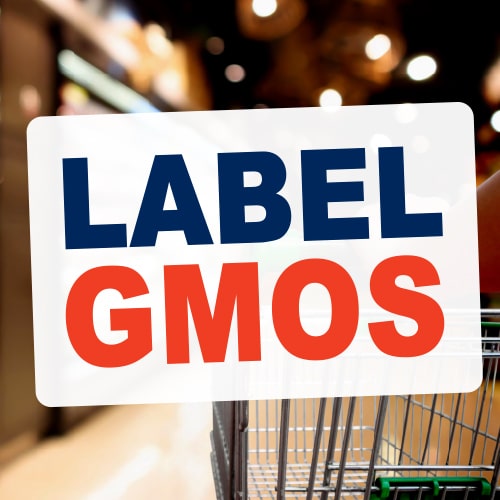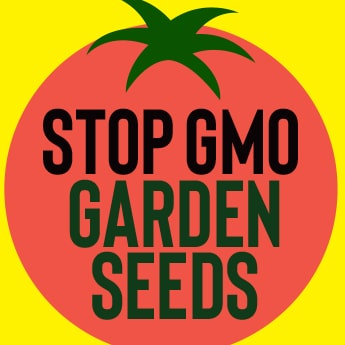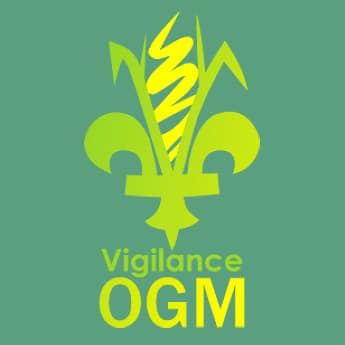Désolé, la version française de cette page ne peut être offerte pour le moment.
By Lucy Sharratt, Coordinator, Canadian Biotechnology Action Network, November 2011
The Canadian Government is proposing to allow contamination of our food supply with genetically engineered foods that have not been approved for safe eating in Canada. This is no joke or exaggeration. Agriculture Canada has organized “stakeholder” consultations on what it calls “Low Level Presence” and has opened a comment period until November 25.
The Canadian government wants to allow a percent, 0.1% or higher, of our food to be contaminated with genetically modified (GM) foods that have not been approved by Health Canada for safe human consumption. The GM foods will have been approved for safety in at least one other country but not yet evaluated as safe by our own regulators. The federal government calls this “Low Level Presence” or LLP and argues that this “low level” of contamination from unapproved GM foods is not harmful. But how do they know? And why would our government want to do this in the first place?
Currently, Canada has “zero tolerance” for contamination of our food supply by GM foods that have not yet been approved by Health Canada. This is obviously sound public health and safety policy but our zero-tolerance is getting in the way of the Minister of Agriculture’s efforts to convince other countries to accept GM contamination from Canada. Most countries around the world have not approved any of the GM foods we produce. The argument is that, if Canada has a zero-tolerance policy how can we ask other countries to change their policy and accept some level of GM contamination from Canada? Agriculture Canada says that we need to be the first country in the world to accept this type of GM contamination, so that we can ask our trading partners to do the same. The grain traders in Canada want the easy flow of Canadian commodities around the world but pesky GM contamination keeps shutting down our global markets.
Canada is the 5th largest grower of GM crops in the world. We grow 6% of all the GM food in the world: we grow GM canola, corn, soy and some white sugarbeet for sugar processing. The U.S. grows 45% of the world’s GM crops: GM corn, canola, soy, white sugarbeet, cotton and a very small amount of GM papaya and squash. These 7 crops are the only GM foods on the market around the world and all of them have been approved by Health Canada. Government consultation documents say, however, that, “With the increasing number of GM products being developed globally for commercial production, low-level presence is unavoidable.” But this assumes, firstly, that people in other countries will not stop the introduction of new GM foods. It also assumes that other countries will be as careless as Canada when it comes to containing GM products.
How can the Canadian government justify allowing unapproved GM foods onto our plates? The federal government says that they will look at the regulatory system country where the GM food is approved and decide if they trust that government. If a company has already asked for safety approval in Canada and submitted their data, even if we have not looked at it, we can decide to accept contamination from that GM food. There are three slightly different “proposals” for how “Low Level Presence” could be introduced but all of them mean the same thing: unapproved GM food on grocery store shelves.
There have already been many serious incidents of contamination of our food from unapproved GM plants and animals but these were experimental GM plants and animals that had not been approved in any country. They have come from test plots, fridges at the University of Guelph (dead GM piglets), careless handling, and unknown sources. The government calls this “adventitious presence” and it is different from LLP – LLP is the contamination of our food by a GM food that has been approved in at least one other country.
With LLP, the Canadian government is proposing to ignore its own system for safety evaluation of GM foods, a system that is widely criticized as inadequate but does require food to be declared safe BEFORE we eat it. Legalizing contamination from unsafe GM foods is the end of any pretense from our government that they care about the health and safety of Canadians when it comes to genetically modified foods. Clearly, the government’s trade agenda trumps safety.
The Canadian Food Inspection Agency says that, “Canadian consumers enjoy one of the safest food safety systems in the world” and consultation documents say that, “Food safety is a high priority for the Government of Canada.” However, the CFIA, Agriculture Canada and Health Canada have now decided that we don’t necessarily need to evaluate the safety of all the GM food we eat.





